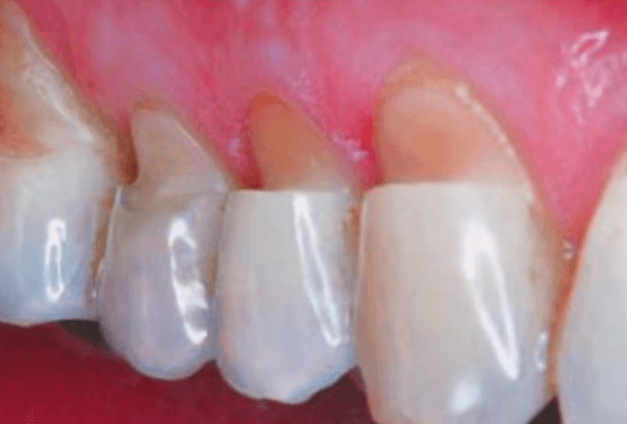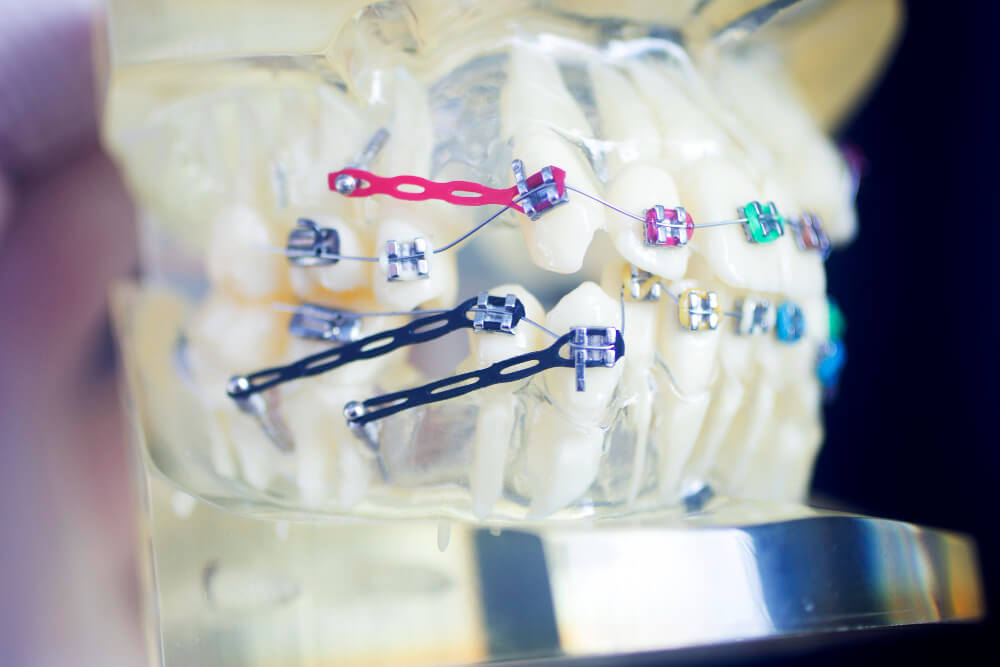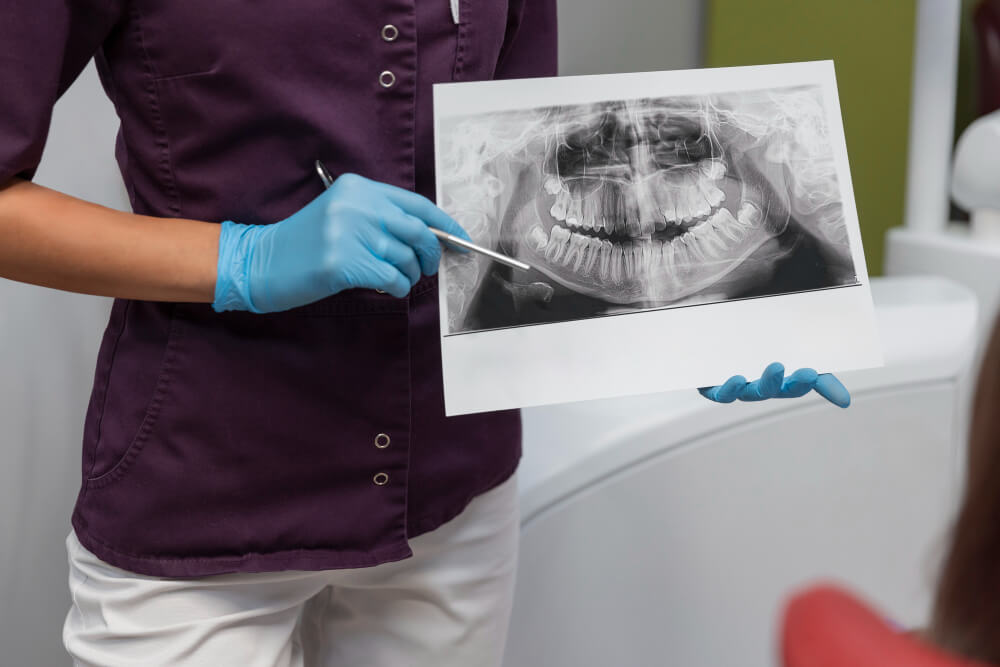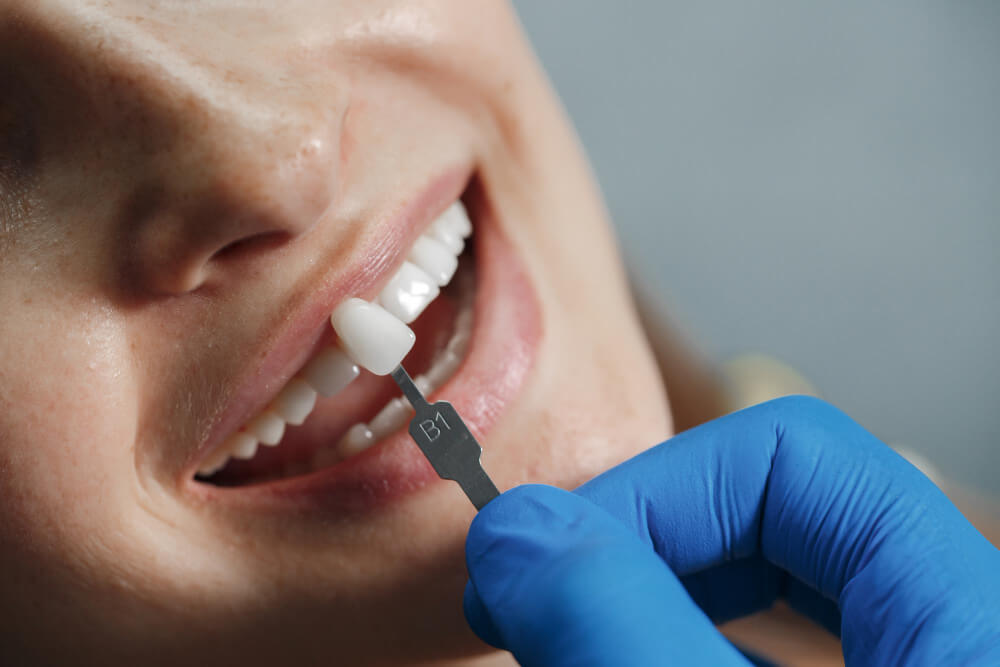What is dental abfraction and how is it treated?
Dental abfraction is a non-carious lesion that affects the cervical area of the tooth due to biomechanical forces such as bruxism or malocclusion. It manifests as a wedge-shaped loss and can cause tooth sensitivity. Its treatment includes unloading splints, resin restorations and habit correction. Learn how to prevent it and differentiate it from dental erosion.










